Core 2 Duo Basic Overclocking guide for beginners.
A Fully Updated and Supported Version Of This Guide Is Available At Clunk.org.uk
This guide is intended as a quick and easy way to get overclocking your C2D CPU.
I will assume that your pc is stable at stock speeds, overnight with Orthos before you start. I will also assume that you have some kind of aftermarket CPU cooler and decent case air flow and ventilation. The stock Intel coolers are fine for running at stock speeds, but they aren’t too great for overclocking.
I’m going to keep this guide as simple as possible, as it is aimed at people who aren’t necessarily “enthusiasts“, but would like to benefit from the extra bump in speed that can be had by overclocking their Core 2 Duo CPU.
You will need a few pieces of free software;
Orthos
CPU-Z
TAT (Intel Thermal Analysis Tool)
Overclocking.
Every piece of hardware is unique. No two CPUs, no two sets of RAM, no two motherboards will give exactly the same results, so keep this in mind when you start overclocking.
You might have a friend that has all the same gear as you, and yet he can overclock his quite a bit higher, a lot of this is pot luck, some of it is knowing your hardware, and a small part of it is patience. The rest of it, you will pick up as you get a feel for how things work.
A quick note on Power Supplies before we start.
One of the most important parts of the computer, is the power supply (PSU). This is often overlooked when budgeting for a new PC, and people end up with the generic PSU that comes with a cheap case, or an unbranded PSU, and often think that this is ok. In some cases, these work fine, and can give years of service, the trouble is, when they decide to break down, they tend to take other components with them. Imagine spending a grand or more on a new PC, only for the cheapo PSU to blow, taking your £300 graphics card, your CPU and your ram with it, all because you scrimped on the PSU!
Don’t scrimp on the PSU.
Get yourself a decent branded PSU, from manufacturers like Corsair, Seasonic, Enermax, Silverstone or Tagan. If you are unsure of your individual power requirements, please ask on the forums. You may find that you need much less than you think!
A quick note on RAM.
To give you a rough idea of what Ram to buy, PC2-6400 ram, will give you a theoretical CPU overclock of 3.6ghz on an E6600/E4300, 3.2ghz on an E6400 and 2.8ghz on an E6300, these figures represent the maximum CPU overclock without even overclocking the ram. More on the ins and outs of that later on.
For the purposes of overclocking, grab yourself something like PC2-6400 ram as a minimum, try and avoid cheap, unbranded, generic RAM, from experience, it is more trouble than it is worth. RAM is quite cheap at the time of writing this guide (13/03/07), so no need to scrimp on the RAM either really.
What CPU should I get?
Obviously, this will depend on your budget. The great thing about C2D CPUs is that the majority of them will overclock well. By this, I mean that with very little skill and effort, you could take your 1.8ghz £99 CPU to 3.0ghz and beyond. (If you are reading this bit and thinking “3ghz? Is that all?”, this guide isn’t for you, try XS for something not aimed at first time over clockers).
Important Terminology.
Lets have a quick look at your CPU and get used to some of the terms that will be used a lot in this guide.
Multiplier - A technical explanation here
FSB - A technical explanation here
Northbridge - A technical explanation here
Southbridge - A technical explanation here
BIOS - A technical explanation here
*****MORE TO BE ADDED SOON***********
Above are the stock values of the most popular C2D CPUs. (I have left out the Xtreme models for now, as most people reading this guide wont have one of those.)
As you can see, the FSB x the Multi = the speed in Mhz (Are you with me so far?)
When you see C2D CPUs advertised, you will probably have seen that they are shown to have 1066 FSB, this is just referring to the 266 FSB mentioned above, but “Quad Pumped” Here is a technical explanation for those who care. We will be using the normal values for the purposes of this guide as shown in the table above.
The CPUs in the table above, have multipliers that are “Upward locked”. This means that you can’t change the multiplier upwards in the bios, however, you can change it downwards, but for now, we don’t need to bother with that.
As the multiplier is locked, we need to increase the FSB. Increasing the FSB results in higher Mhz, so for example
As you can see, when you raise the FSB, you get a higher speed in Mhz, and in theory, a much faster CPU. (Still with me?)
The above examples can be applied to any C2D CPU, but CPUs that have a lower multiplier, will end up with a higher FSB to reach the same Mhz, see the table below.
**So, looking at the above table, you can see that the FSB has to be 515 to reach around the same Mhz as the E6600 at 400 FSB. This puts a real strain on the motherboard, and often requires a lot of extra voltage to the Northbridge and CPU.
For now, we wont be worrying about really high FSBs (over 400 say), as when the FSB becomes very high, there are a lot of other variables to consider, and after all, this is meant to be a guide for beginners.
Hopefully, now, you should now have an idea of what we are trying to achieve, and we can get down to business!
I am going to be using the Asus P5B Deluxe WiFi AP for reference (I've now added some Abit Quad GT pics as well, thanks to Daza), an E6600 and I will provide as many BIOS screen shots as possible, so you can easily see what I have done. The Bios screenshots may vary slightly from yours, but everything should be worded similarly (ish).
Ensure that you have the latest Bios for your motherboard. Also, before you start overclocking, try and familiarise yourself with the Bios, and what some of the basic functions do. If you built the PC yourself, you will have been into the Bios to set the clock and date etc, so, from now on, I am going to assume that you know how to set things, save and exit, clear cmos etc.
Ok, lets fire up the PC and get into the bios.
The first thing that I do usually, is enter the RAM timings and set the RAM voltage (VDIMM). (The reason for this is that some RAM/motherboard combos are known to be picky about start up voltage for the RAM, meaning that most motherboards default to 1.8v which is the standard for DDR2, and a lot of RAM, especially performance RAM requires more than this, some as high as 2.5v, and as a result wont start properly after the first boot) Even if your motherboard and RAM arent affected, just do it anyway, get into the habit.
Abit Quad GT users Click Here!
In the screenshot, you can clearly see all the timings for the RAM. It is important that you enter these to get the best performance from your RAM. If you don’t enter these timings manually, the motherboard will read the SPD table of the RAM and run it at the standard, relaxed, safe, timings. This is ok, but not optimal.
While we are in the Bios, disable anything that you aren’t using, this part is optional, but I always do it. Things like onboard sound (if you have a soundcard), Firewire (if you don’t need it), IDE controller (if you don’t have any IDE devices)….you get the idea anyway!
Save all that, boot to windows, check everything is working ok and then back to the Bios.
This time we are going to set the RAM to 1:1 (meaning that the RAM will be running synchronous to the FSB) This bit might sound a little bit confusing at first, but it needn’t be. DDR is Double Data Rate, so when you look at the RAM Divider settings in the Bios (see table below), you will see that if the FSB is set to 266, the RAM will be set to 533, this is what is known as 1:1. DDR=Double Data Rate = Double the FSB value. See the pic below.
Abit Quad GT users Click Here!
Here is a quick explanatory table.
You get the idea, whatever the FSB, just double it to give you the RAM 1:1 value. 400 FSB would equal 800Mhz Ram and so on.
So, we have set the RAM to 533 and the FSB is already at 266. Before we go any further, please change these settings so they look something like the next pic.
Abit Quad GT users Click Here!
Once thats done, lets up the FSB a bit. Change it to 300,
Abit Quad GT users Click Here!
did you notice that the RAM has changed to 600? This is correct. For now, set your CPU voltage (Vcore) to Auto. Leave all the other voltages on auto for now as well. Save and exit.
All being well, your PC should boot straight to Windows now. Once you are fully booted into Windows, open CPU-Z (it can take a few seconds to open) and you should see something like this...
You can now marvel at your work for a second, have a look at the RAM section of CPU-Z, it should look something like this..
After you have finished marvelling, you can close CPU-Z, it was just to show you the changes that you have made
We want to have Coretemp and TAT (Intel Thermal Analysis Tool) open (or one of those two plus the temp monitoring software of your choice). The reason for two different temp monitoring programs is that I have found that on some CPUs, the temp sensor shows wildly different temps, and we want to be keeping a close eye on the temps.
Open Orthos and make sure that it is set to the “blend test” and set it going. Your temps will now rise as both of the CPU’s cores are under heavy load, this is normal and is exactly what we want. Leave Orthos running. Keep an eye on the temps, I would say for a relatively modest overclock like this, we don’t want to be hitting 65c, and I would hope that the temps would be much less than this. If you find that the temps are higher than this, then you have a problem and you need to read the troubleshooting part of this guide .
If you are happy with the temps, leave Orthos running over night, or for at least 12 hours. Some might argue that there is no need to do this, but I disagree and this is how I do it. 12 hours it is. If you get errors in orthos, or it says “STOPPED” or the PC locks up, or reboots, you also have a problem and need to check out the troubleshooting part of the guide before you continue.
For most people, Orthos should run over night, or for 12 hours with no problems. Once this is done, you can continue with your overclock as your PC is now stable.
Restart and get back into the Bios. (Keep in mind that as you up the FSB, the motherboard will automatically up the CPU voltage (Vcore) if it is set to AUTO, so it is important that you keep an eye on the temps, once you are running Orthos.)
Now lets try upping the FSB to 320. Exactly the same as last time, same testing, keep an eye on the temps again, and that is it………until you get to the point where it fails Orthos instantly (or after a few minutes), or wont boot to windows.
If that happens, simply go back into the Bios and lower the FSB slightly, save and exit, then try again, keep doing that until you get Orthos running stable.
You may find that you get to a point where it is stable, but the temps are a bit too high for 24/7 use, and in that case, it is best to keep lowering the FSB until you find a point where you are happy with the temps and performance.
Alternatively, if you have a really good CPU cooler, you can try feeding the CPU a touch (one notch) of voltage (Vcore) and then retesting, but keep a close eye on the temps if you are doing this.
I think that is about it for now
There's lots more to it than just this, but this should hopefully get some of you up and running pretty quickly.
Hopefully we can make this a good information thread, and if you find the information useful, please rate the thread (Top Right), and submit it to DIGG by clicking on the DIGG link in the blue bar at the top of this guide.
Thanks to Daza for the Quad GT screen shots
Administrator message: Whilst the images for this thread have been hosted by HEXUS on this occasion we must advised that by following or acting on any of the information contained in this thread is entirely at your own risk. HEXUS Limited is in no way endorsing or recommending the content within this thread nor is it responsible for any loss or damaged caused, whatsoever.





 LinkBack URL
LinkBack URL About LinkBacks
About LinkBacks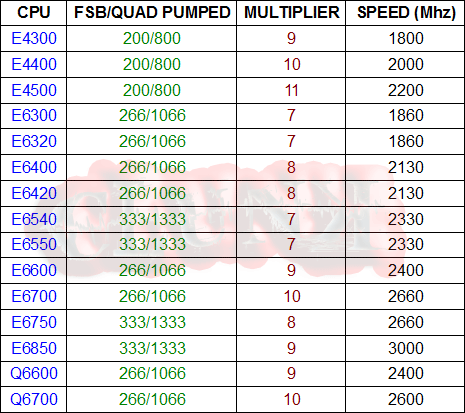

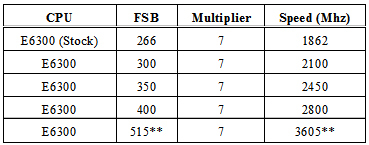

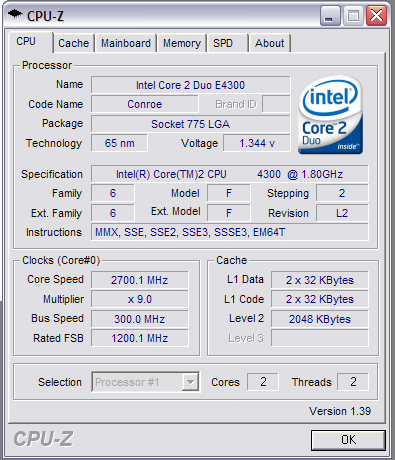


 Reply With Quote
Reply With Quote

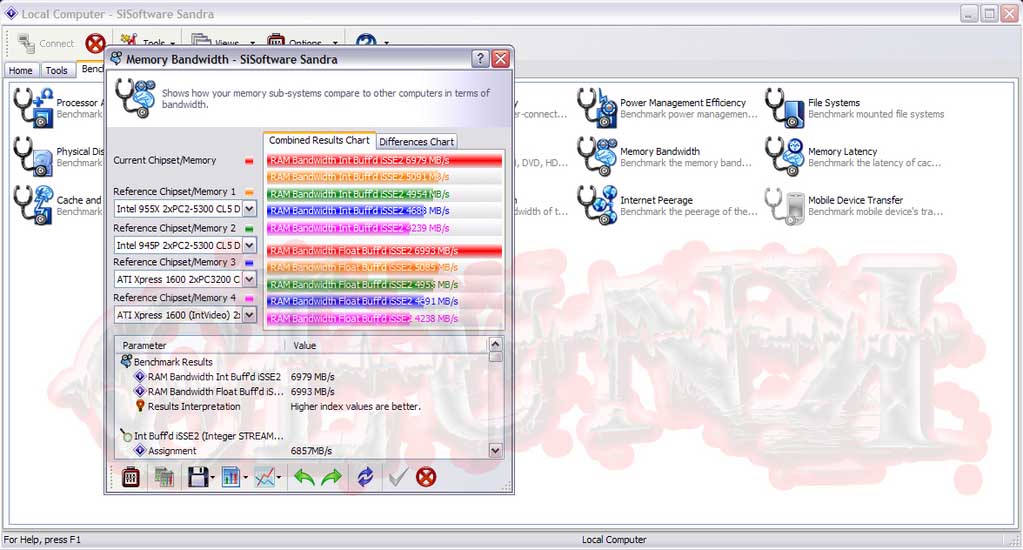

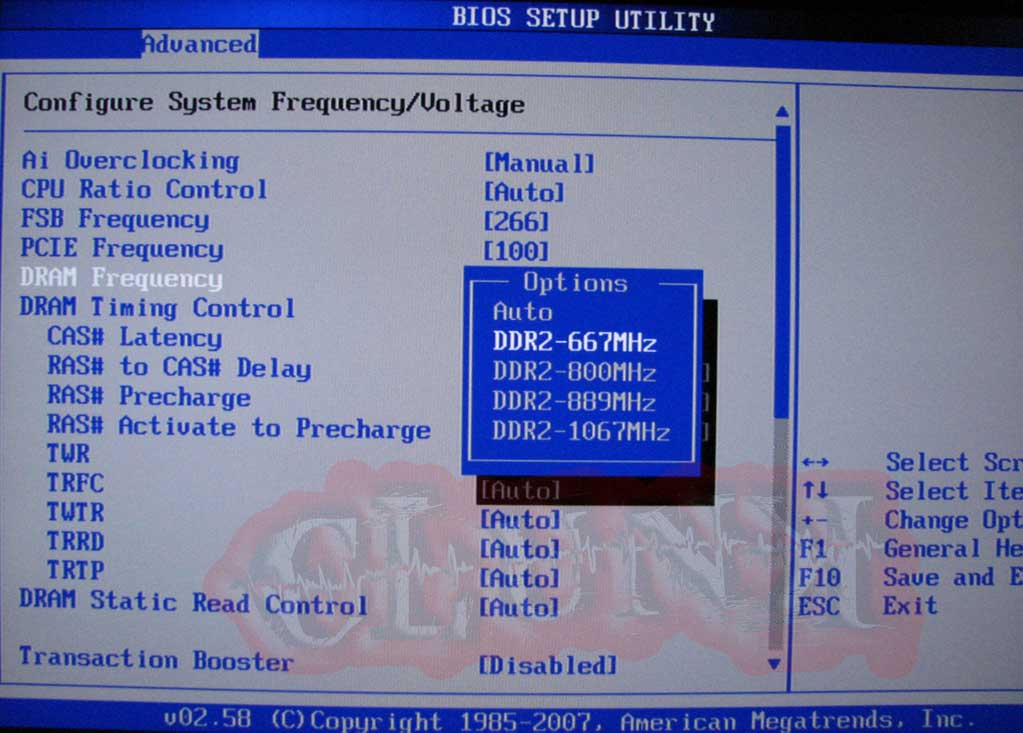
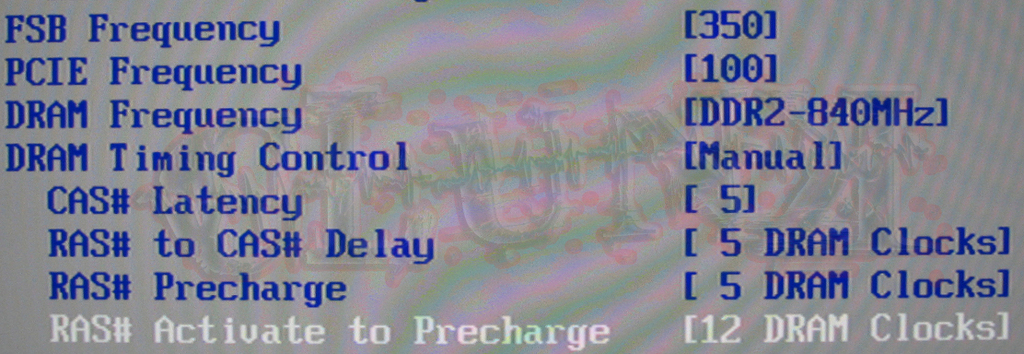


 a new forum topic called''overclocking''opens with a verse and ask members to overclock processors cpu z how they will send a picture?.
a new forum topic called''overclocking''opens with a verse and ask members to overclock processors cpu z how they will send a picture?.

 SCAN.care@HEXUS
SCAN.care@HEXUS

